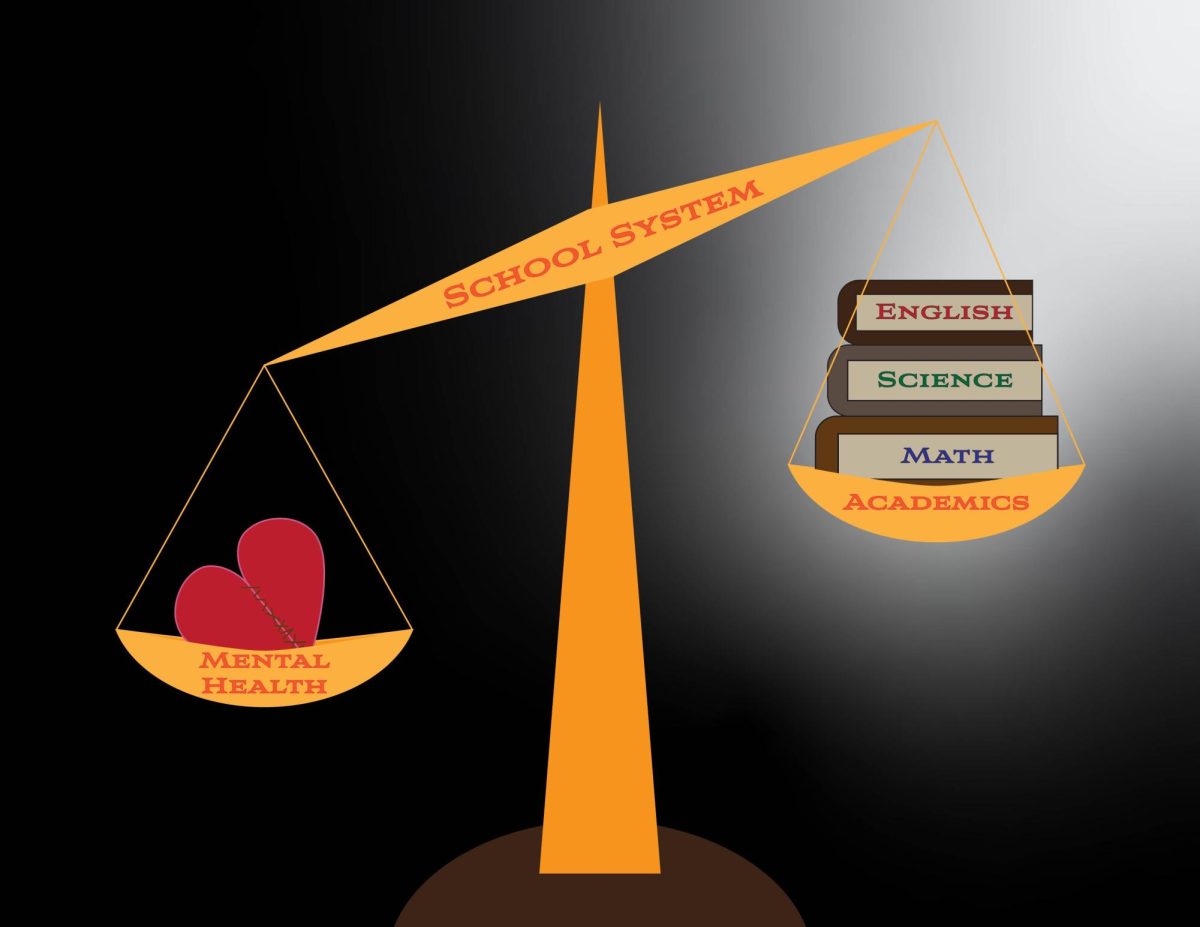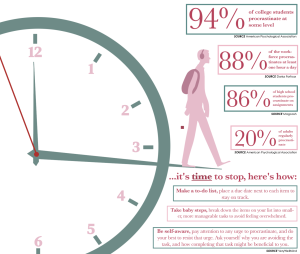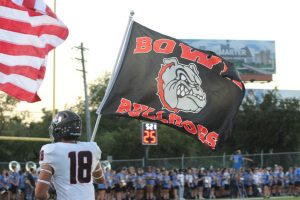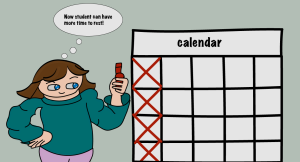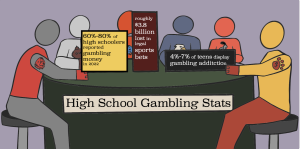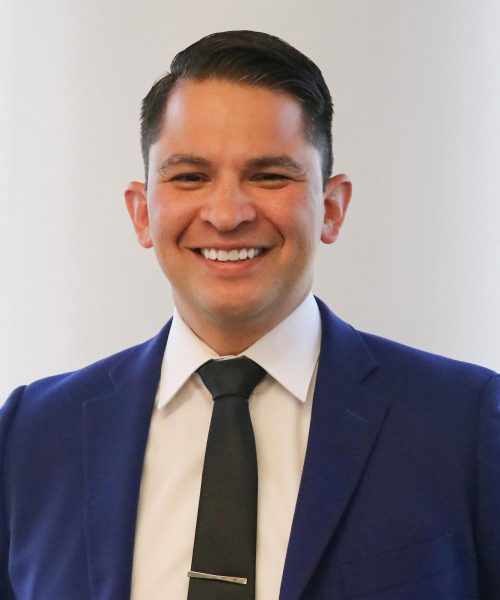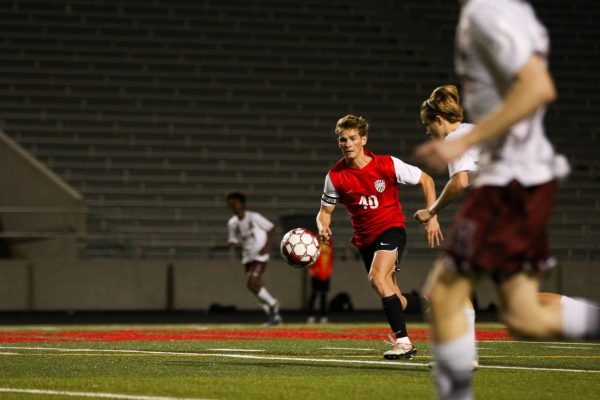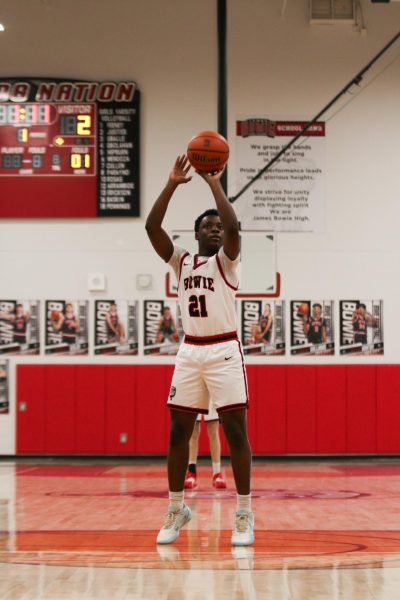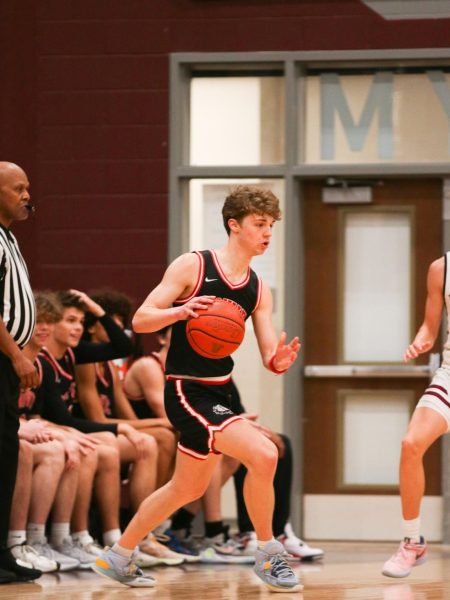After school attendance recovery
December 11, 2017
The school bell rings, a teacher surveys the classroom and a student is marked absent. Every class a student is missing is marked as one absence. For students with a full schedule, one day missed is four absences. An absence is a loss of instructional time for a student who could otherwise be learning.
Excessive unexcused absences can cause students to lose credit for a class because the student was not present for enough instructional time. In order to receive credit for a course, students must pass the course with at least a 70 along with having 90 percent attendance. In order to recover excessive unexcused absences, students must attend Saturday school. Saturday school is Bowie program where students go to school on certain Saturdays for three hours to recover two unexcused absences. Until this semester, Saturday school was the only way to recover excessive unexcused absences.
“We wanted to offer more options for students to recover excessive unexcused absences,” assistant principal Marie Prescott said. “We wanted to offer another time than Saturday because some students can’t make it to Saturday school.”
This new option is called after school attendance recovery. It has been implemented to give students another time than Saturday to make up excessive unexcused absences. After school attendance recovery occurs on Tuesdays and Thursdays from 4:45pm to 6:15pm. It is administered by teachers Amanda Pfeiffer and Wendy Uzzle, the program is held in rooms A-119 and B-208 respectively. Each session allows a student to recover one absence. This program started in October and is running until December 7.
“Nobody wants to go to school on Saturday,” sophomore Johana Ochoa said. “I am already here at school, I’ll just get it over with now.”
Students have found that adding 1.5 hours to their day on Tuesday and Thursday is better than coming to school on Saturday for three hours. The differences between Saturday school and after school attendance recovery are more than just when and where it takes place. Students have noted that the environment in both places are different.
“The room is calm and quiet, it helps me get my work done,” sophomore Eric Lopez said. “Mrs. Pfeiffer helps us with our homework when we need it.”
After school attendance recovery administrators patrol around the classroom once in a while to ensure students are doing their work and to help students if needed. Students are expected to show up on time at 4:45 and stay the entire session until 6:15 to recover their absence. Students are also expected to work on school work for the entire 1.5 hour session. After school attendance recovery sessions have less students than Saturday school and as a result administrators are able to help students with work when it is needed.
“Ms. Pfeiffer is really nice, she always has a smile on her face” Ochoa said. “She’s helped me with my work, it’s nice to get help when you need it.”
Attendance at after school attendance recovery sessions have risen since the start of the program. Average attendance in after school attendance recovery sessions is at about 75 percent. That amounts to about 19 out of 25 seats which are filled each session. Attendance at after school attendance recovery is expected to increase as the student population becomes more aware of the program and as the end of the semester comes closer.
“After school attendance recovery is going well because it offers another time than Saturdays for students to make up excessive unexcused absences,” Prescott said. “I’m glad that students are utilizing this.”
Though reactions to afterschool attendance have been positive and attendance has increased with this program, the Bowie administration has not decided whether or not to continue after school attendance recovery for next semester. The decision must be made whether the program is advantageous both for students and the bowie administration.
“I think after school attendance recovery is successful,” Prescott said. “I’m excited to offer different options for students to be successful.”

